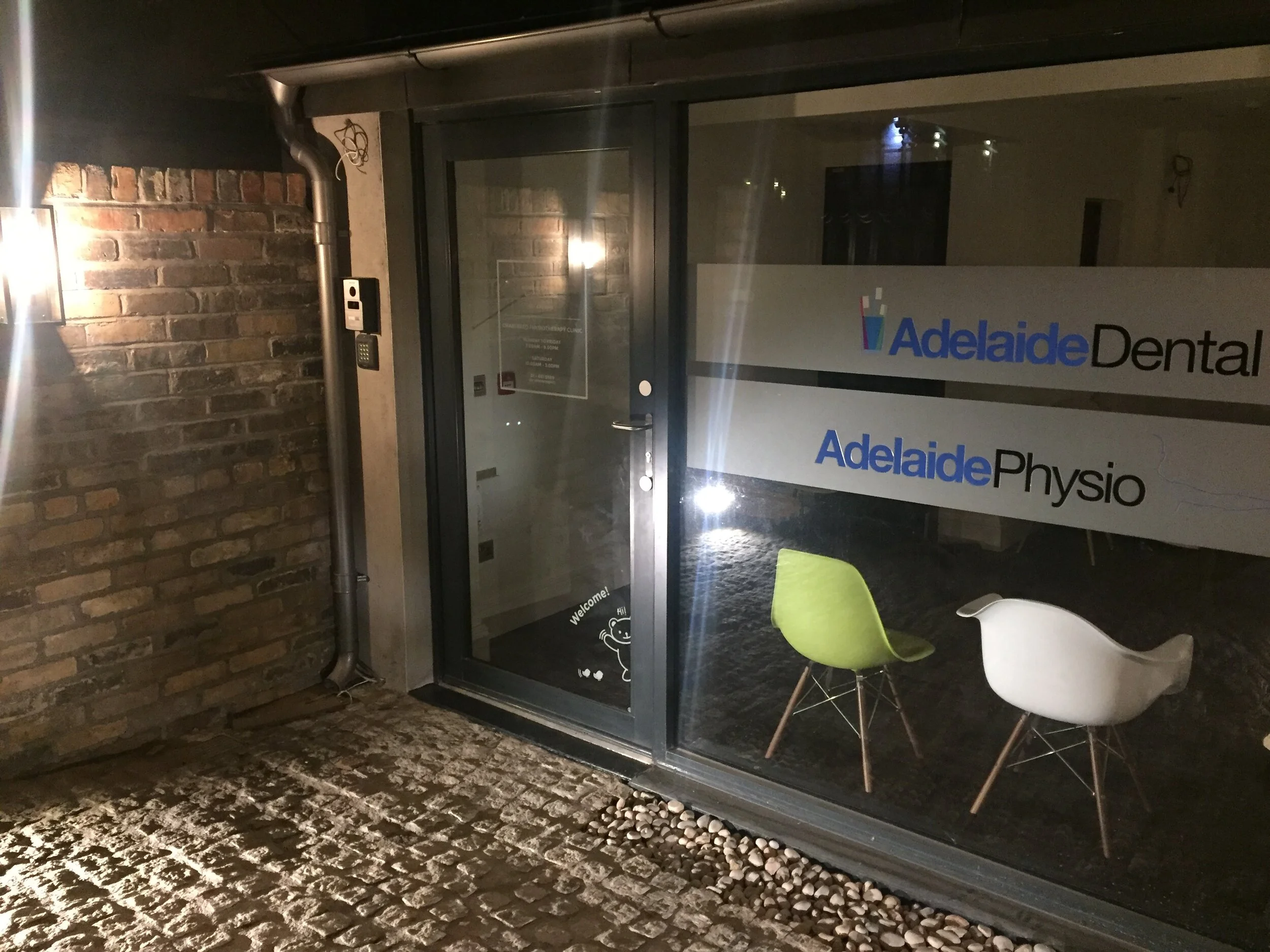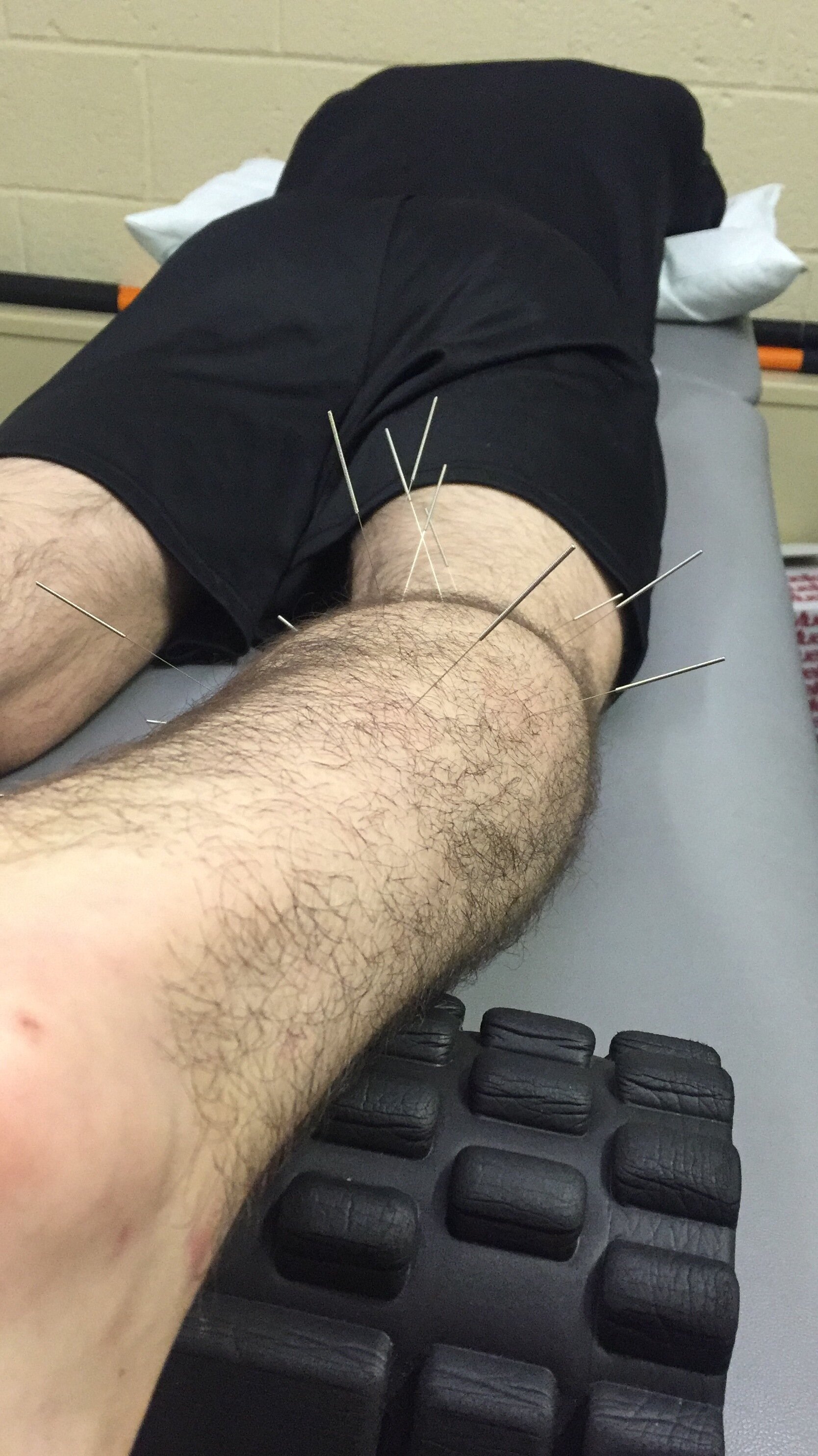What is Dry Needling
Dry Needling (DN) is the skilled insertion of sterile single use needles directly into myofascial (muscular) trigger points.
Trigger points are tight, tender knots within the muscle, which cause and contribute to pain within the body.
DN is used to treat dysfunctions in skeletal muscle, fascia, and connective tissue. By helping to accelerate healing by allowing for increased circulation to the injured area, improved oxygen delivery, and stimulation of the neural pathways.
Used in combination with the appropriate stretching, strengthening or stabilization exercises, dry needling may help to alleviate both chronic and muscular disorders.
Is Dry Needling the same as acupuncture?
No they are not the same, although Dry Needling uses the same needles as Acupuncture, it is not the same technique. Dry Needling is strictly based upon Western medicine principles of treating myofascial trigger points, which are different to traditional Acupuncture points.
Our physiotherapists have all undergone specific training in Dry Needling techniques, which are recognised within the scope of physiotherapy.
Does Dry Needling hurt?
You may or may not feel the insertion of the needle. The specific needle manipulation is intended to produce a local twitch response that can elicit a very brief painful response. Patients can describe this as a deep ache or cramping sensation.
What conditions does Dry Needling treat?
Neck/Back Pain
Shoulder Pain
Tennis/Golfers Elbow
Headaches
Hip and Gluteal Pain
Knee Pain
Achilles Tendonitis/Tendonosis
Plantar Fasciitis
Sciatica
Muscular Strains/Ligament Sprains
Chronic Pain
How will I feel after the session?
Patients may report being sore and sometimes tighter after the treatment. Typically these symptoms can last anywhere between a few hours to a couple of days. Occasionally there may be some slight bleeding or bruising.
These symptoms may be alleviated by applying heat to the area and performing specific stretches for the treated muscle. Your exercise program may have to be modified for a couple of days following the session.
What are the precautions?
Pregnancy: It is recommend to not use dry needling during the first trimester of pregnancy.
Bleeding disorders: We recommend not to dry needle patients that have bleeding disorders.
Local infection: We recommend not to use dry needling with patients that have local infection near or around the site.
Fainting: due to the nature of the technique if you are prone to fainting we may be unable to use it.

